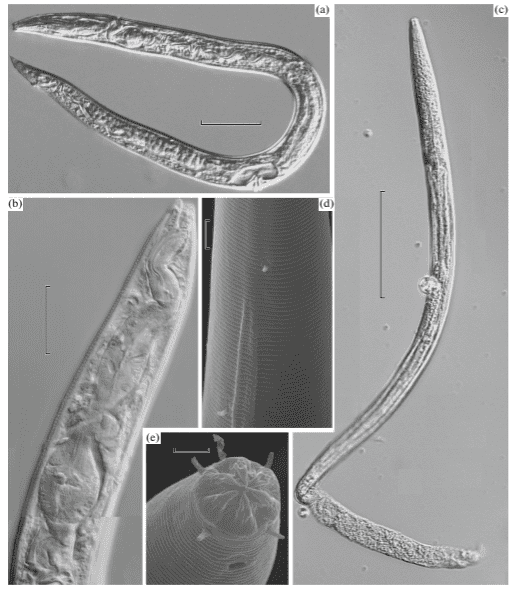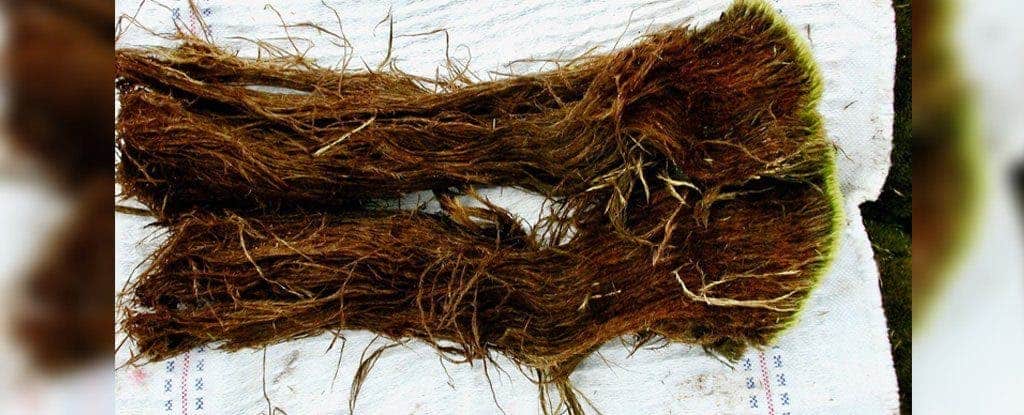As man-made climate emissions are heating up the planet, ice from caps and permafrost is melting, revealing ancient life that stayed frozen for centuries. Recently, researchers found a piece of moss which may even be alive.
You wouldn’t think too much of Aulacomnium turgidum if you saw it — though it’s unlikely that you would see it. The species features small leaves and inhabits the northern areas of Europe, North America, and sometimes on mountaintops. During the so-called Little Ice Age, a period ranging from 1600 to 1850, Europe and North America were subjected to much harsher winters than usual. Lakes froze and glaciers expanded throughout the Arctic, trapping whatever unfortunate vegetation they came across. A. turgidum was one such species trapped in the glaciers of Canada’s Ellesmere Island.
You wouldn’t think anything could survive being frozen for centuries. Sure, some microorganisms, and maybe even nematodes (roundworms) — but not something like a plant, right?
“You wouldn’t assume that anything buried for hundreds of years would be viable,” said Catherine La Farge, who researches mosses at the University of Alberta, and scoured the retreating glaciers to find whatever life may be left behind.
But then she noticed something unexpected on some of the moss samples: they were green. Usually, thawed biological material is black, so it being green was quite unusual. La Farge brought the samples back to a lab and did what every responsible scientist would do: planted them.
In a special, nutrient-rich soil, the mosses were showered with light and warmth. It wasn’t long before some of the samples grew again, bursting with new shoots and leaves. It was mind-blowing, says La Farge.
But Peter Convey, an ecologist with the British Antarctic Survey, took things one step further: he resurrected moss that was frozen for over 1,500 years. While this is an absolutely stunning testament of biological resilience, it is not entirely unexpected that mosses can survive like this.
Mosses are tougher than most plants, being able to survive when temperatures plummet. They do this by desiccating — thoroughly eliminating as much water as possible, to prevent the formation of ice crystals, which can be devastating to cells. They can also divide and differentiate into every necessary tissue, which means that as long as some part of it survives and it has access to energy and nutrients, the moss can make a comeback.

The nematodes isolated from permafrost deposits bounced back to life within weeks of their thawing. Image credits: Shatilovich et al.
Even that is nothing compared to what nematodes were shown to be capable of: they bounced back after being frozen for 42,000 years, setting a new record for cryogenic survival. Within weeks after the thawing process was started, the worms were moving around and eating.
But there’s more to this story than just resilience: it’s also a warning. Along with the mosses and nematodes, there are also countless bacteria trapped in the permafrost, many of which can cause serious diseases.
“Permafrost is a very good preserver of microbes and viruses, because it is cold, there is no oxygen, and it is dark,” says evolutionary biologist Jean-Michel Claverie at Aix-Marseille University in France, to the BBC. “Pathogenic viruses that can infect humans or animals might be preserved in old permafrost layers, including some that have caused global epidemics in the past.”
As the Earth heats up more and more, permafrosts will also melt more and more. In the 20th century alone, anthrax killed more than a million reindeer, and that anthrax is thought to have emerged from melting permafrost. With the many organisms currently frozen under the ice, it’s hard to say just what potential infections might lurk beneath the surface.
Our emissions are triggering a planetary chain reaction, and the consequences are dire and hard to foresee. So aside from the remarkable sturdiness of some creatures, there’s a cautionary story as well. There are who-knows-how-many creatures buried within the ice. In a sense, it’s like a graveyard — and some of that graveyard is waking up.










